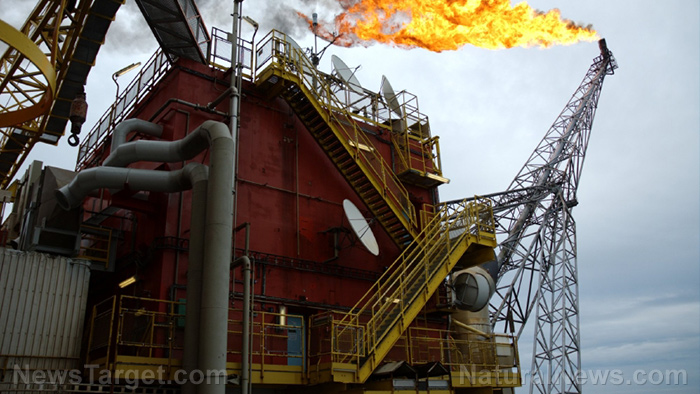
"Refining capacity starts with the number of operable plants, which has been slowly falling for years. The pandemic oil demand plunge prompted the closure of some refineries – especially older, less efficient ones," said a July 9 piece from AgWeb. "Starting up a shutdown plant is a long and difficult process, so industry analysts doubt any of the will ever reopen."
The AgWeb piece noted that the U.S.'s capacity to refine petroleum products is at its lowest in eight years and no new refinery had been built since the 1970s.
According to NPR, some refineries shuttered during the recession that followed the Wuhan coronavirus (COVID-19) pandemic. Demand for petroleum products tanked during that time, and refineries took a big financial hit when pump prices dropped.
While some refineries halted operations temporarily, others permanently shut down.
Figures from the Energy Information Administration (EIA) backed up this finding, with the agency's June 21 report stating that refining capacity went down by 18 million barrels per day (bpd) at the start of 2022. The figure had been the lowest on record since 2014.
As per the EIA report, U.S. operable crude refining capacity dipped to 17.94 million bpd as of Jan. 1 – from 18.09 million bpd at the beginning of 2021. It continued a downward trend, which began from the record high 18.98 million bpd before the start of the pandemic in 2020. The 2022 projection was the lowest since the 17.92 million bpd capacity reported in 2014.
Refiners turn crude oil into different products such as diesel fuel, gasoline and jet fuel. However, the U.S. is having difficulty meeting demand for fuel as COVID-19 pandemic protocols are being lifted. With protocols being loosened, more and more people are commuting, traveling and driving
"Exacerbating these high gas prices is a huge shortage in refining capacity in the U.S., which isn't likely to be resolved any time soon," NPR stated.
Oil refineries closing shop for good
The U.S. had already lost nearly one million bpd of oil refining capacity since the COVID-19 pandemic began. However, more refineries are set to be decommissioned in the next few years.
A report by Reuters elaborated on the different oil refineries that had closed down.
LyondellBasell Industries' refinery in Houston, Texas had a capacity of 263,776 bpd. But in April 2022, the company announced that it would permanently shut down by the end of 2023 as it was unable to find a buyer and did not want to invest to keep the facility open. Reports also stated that the refinery may stop operations ahead of the December 2023 deadline if one of several major production units is shut and cannot quickly return to production.
Limetree Bay Energy's refinery in St. Croix at the U.S. Virgin Islands had a 210,000 bpd capacity, but ceased operations in May 2021 after only operating for a few months. It had been idle for a decade before being restarted. The owners cited financial problems and operational setbacks for the refinery's closure. Limetree Bay Energy then sold the St. Croix refinery to a Jamaican oil storage facility in December of that year.
The Shell Convent Refinery in St. James, Louisiana had a 240,000 bpd capacity. In November 2020, Royal Dutch Shell announced it would be shutting down the refinery following unsuccessful attempts to sell the plant. The Louisiana facility became unprofitable as COVID-19 spread across the country.
Meanwhile, two facilities owned by Marathon Petroleum also bore the brunt of lower fuel demand induced by COVID-19 lockdowns that limited people's movement. Its 161,000-bpd facility in Martinez California and 27,000-bpd facility in Gallup, New Mexico both closed permanently in August 2020 after being idled.
Visit FuelSupply.news for more stories related to the dwindling oil supply in the United States.
Watch this video about oil companies' response to the Biden administration's allegations about their role in the fuel crisis.
This video is from the InfoWars channel on Brighteon.com.
More related stories:
DISMANTLING AMERICA: Massive Texas oil refinery to shut down amid record-high gas prices.
Alex Jones: Biden's policies are the direct cause of oil price hikes.
Los Angeles first major city in the country to reach average gas price of $6 per gallon.
Widespread diesel shortages to affect everything in America and around the world.
Sources include:
Please contact us for more information.





















